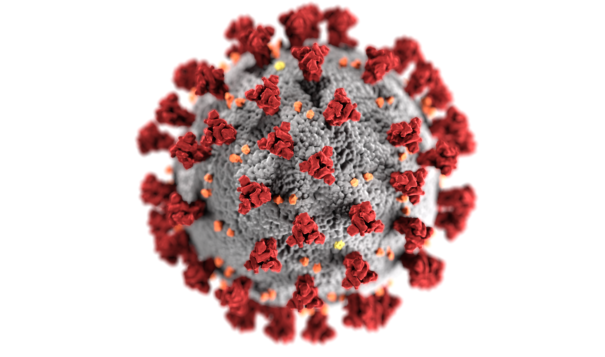News Article Article pages that do not meet specifications for other Trust Project Type of Work labels and also do not fit within the general news category.
States not accurately reporting ethnicity in COVID statistics
 COVID-19 cases are increasing in the Indian community.
COVID-19 cases are increasing in the Indian community.
Many states are not accurately reporting the impact of COVID-19 on its different ethnic populations, according to the Urban Indian Health Institute.
In fact, 50 percent of all COVID-19 cases reported by states were missing race and ethnicity data, including New York, which did not include any racial data on the state dashboard in September 2020. The Council of State and Territorial Epidemiologists states, “the value and quality of the nation’s public health surveillance system relies on efficient and accurate data flow from source to the agencies to make evidence-based decisions.”
As of February 10, 2021, the CDC reported that 49 percent of COVID-19 cases were still missing data on the person’s race and ethnicity. The same can be applied to the data on vaccine distribution. This makes it difficult for local, state, federal, territorial, and tribal public health authorities to address the impact of COVID-19 in their communities and for officials to make accurate decisions and properly allocated resources, the Urban Indian Health Institute asserted in its report. This data is important to help officials understand how COVID-19 impacts different populations especially those which have been overlooking in the past due to racism.
The Indian Health Service is currently distributing the Moderna and Pfizer COVID-19 vaccines and has administered a total of 444,068 doses as of February 22.
COVID Cases Rise in Indian Community
As of February 23, the number of cases of COVID-19 among the Indian community has increased.
This data includes 185,680 positive tests for COVID-19, the disease caused by the coronavirus, according to updated information from Indian Health Service (Department of Health and Human Services).
This data is updated three times per week and examines the positive tests results from 13 regional IHS areas including Alaska, California and the Great Plains. The Indian Health Service is working to coordinate a comprehensive public health response during the pandemic and is cooperating with our tribal partners as well as state and local health officials. Information is voluntarily provided from IHS, tribal and urban Indian organizations to Indian Health Service, which then compiles all the data.
“We have to keep our guard up and not become complacent in our daily activities.”
Navajo Nation President Jonathan Nez
Since mid-October, the IHS has shared positive infection rates as well as information about the spread of COVID-19 to the public. The highest infections rates are currently in three areas, two of them in Arizona, where there is a 16.8 cumulative percent positivity rate in the Navajo area, which has dropped to 8.4 percent over the past week, and a 14.3 percent cumulative positivity rate in the Phoenix area, now down to 5.9 percent over the past week. There is also a 13.5 percent cumulative positivity rate in the Oklahoma City area, which is 13.3 percent over the past week.
On February 24, the Navajo Nation reported less than 50 new cases of COVID-19 that for the 10th consecutive day. “That’s a very good indication, but we have to keep our guard up and not become complacent in our daily activities,” said Navajo Nation President Jonathan Nez.
In fact, there were 25 new positive cases of the virus and no recent deaths, according to the Navajo Department of Health, in coordination with the Navajo Epidemiology Center and the Navajo Area Indian Health Service. There has been a total of 1,152 deaths from COVID-19 and 16,021 individuals who have recovered from the virus. A total of 243,319 COVID-19 tests have been administered with 29,602 reported cases.
